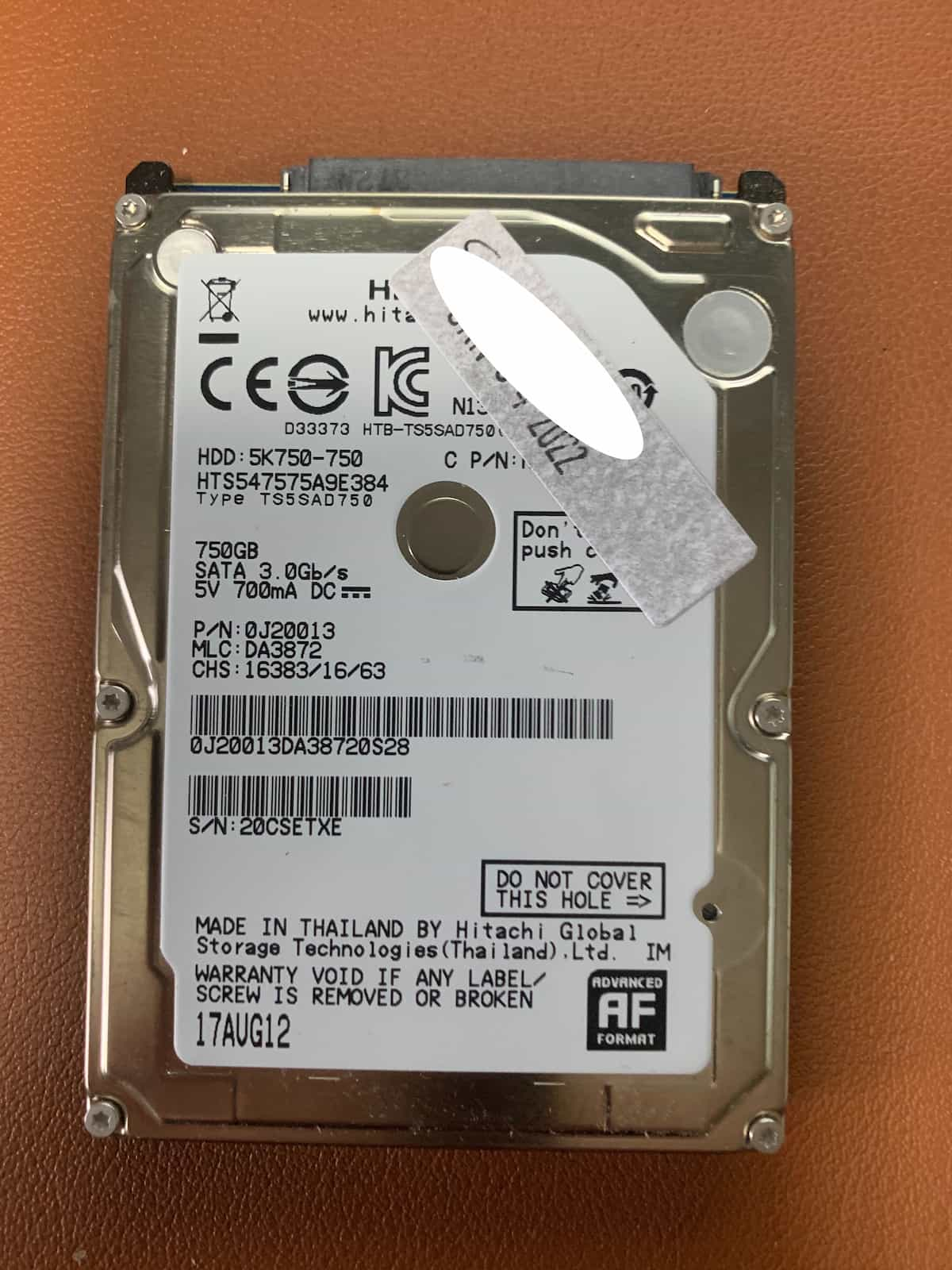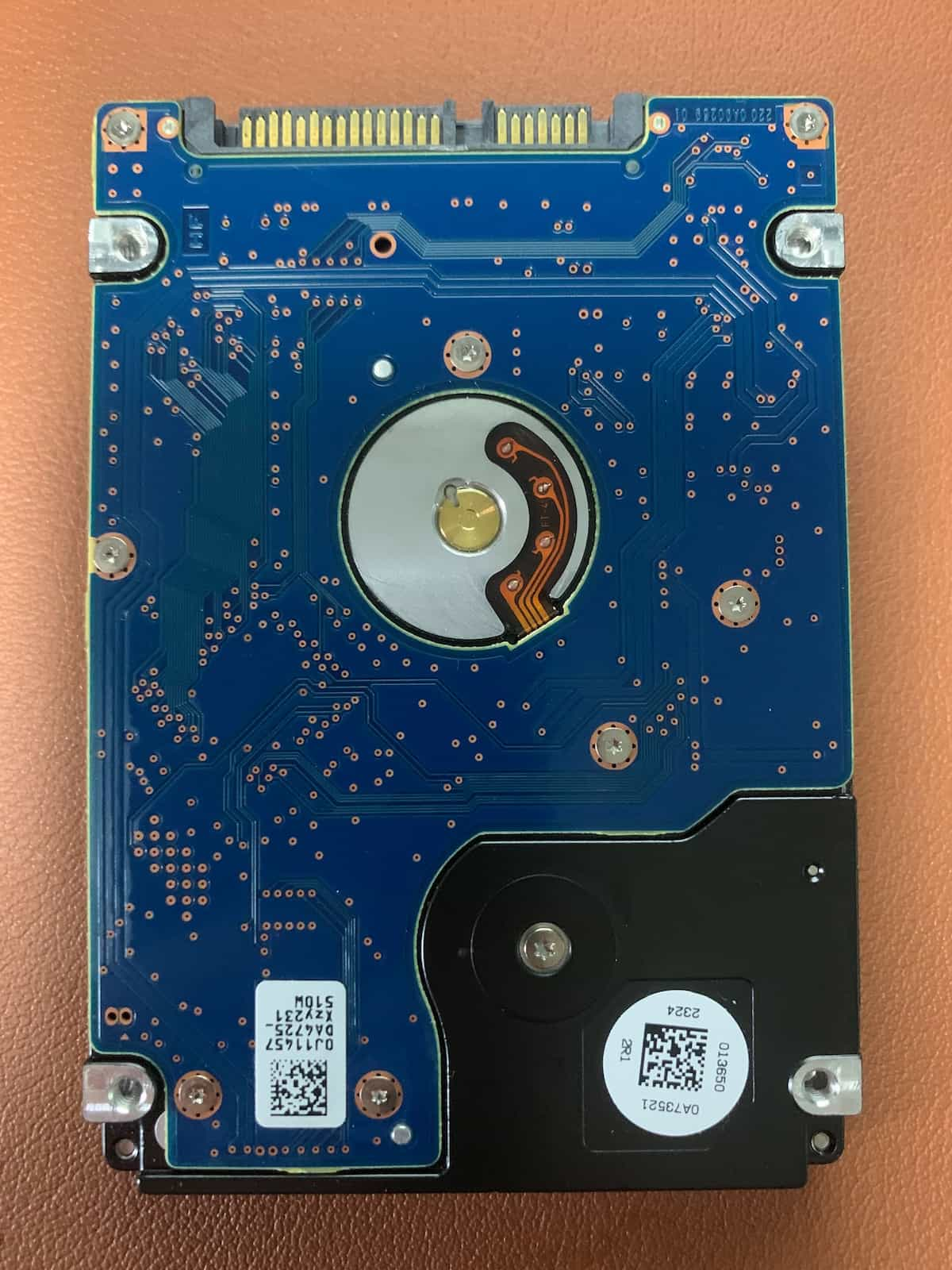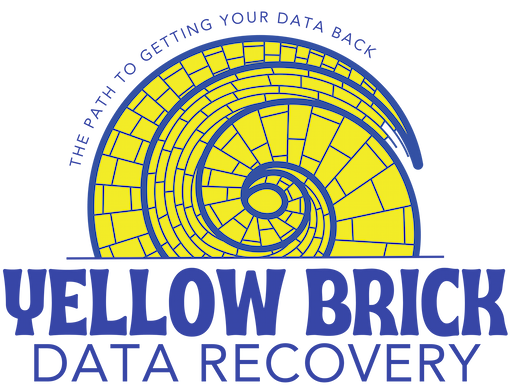This 750GB Hitachi HTS547575A9E384 hard drive came from a client in McPherson, Kansas. Their hard drive had stopped working before they were able to completely backup the important photos and work excel documents stored on the drive. They brought the drive into us for data recovery and I started on the diagnosis right away.


Bad Sectors
I found that the problem with the drive was not with the heads, firmware, or PCB, but rather was an issue with failing sectors on the drive. Often times this issue is called “bad sectors”. Basically, the sectors hold the data on the drive and some of them can fail with age. There are millions of sectors on a drive, so when some of them start having issues it can make a drive not work properly.
Depending on where the bad sectors are on the drive will dictate how the drive acts. Sometimes those bad sectors are just in areas storing files that are not used very frequently. When you go to open a file that is an area of the drive with bad sectors, the computer will freeze up and you have to wait for a long time before you either finally open the file, or get an error that the file can not be opened.
In this case, the bad sectors were particularly in the catalog file portion of the drive. That means when the computer was trying to mount the drive it was hitting bad sectors and was not able to mount the drive fully.
Imaging the Hitachi HTS547575A9E384
Once I had narrowed the issue down to bad sectors, I moved the drive over to my imager and started with a pass that would not stress the drive at all. After that was completed I did passes that were progressively more taxing for the drive until I got back all the sectors I could.
With the imager I have, I can just target sectors that have not been recovered yet. So the idea is to get back everything that is easy to get back first, then get back sectors that might be slow to respond but do eventually respond, then get back as many of the sectors that don’t want to respond as possible. Sometimes it may take 10 seconds or more to get back a single sector at the end of the imaging process.
In order to get as many sectors as possible recovered, this one took a long time to complete. I had the imaging process completed about 8 days after I initially received the drive, and almost all that time was spent recovering the final 10% of the data on the drive. But the total recovery amount was 99.9% of the sectors, so it was worth the wait to get all the data back from the drive.
Flat fee recovery services
Note that my data recovery fees are flat rate fees. So even though this drive took more time on the imager than the average hard drive, there is no extra charge for that additional time. Because the issue was bad sectors, this drive fell under my Standard pricing tier. I have 3 main tiers for data recovery to ensure that you only pay for the level of recovery that your drive needs.
Get your own drive recovered
If you have a drive with bad sectors and need important data back, I would love to help you with the data recovery! You can fill out my quote form if you would like to get an idea of the costs for the recovery or feel free to contact me to discuss your project.
Drive Details: HTS547575A9E384 – 17 Aug 2012 – HDD:5K750-750 – P/N: 0J20013 – MLC: DA3872
